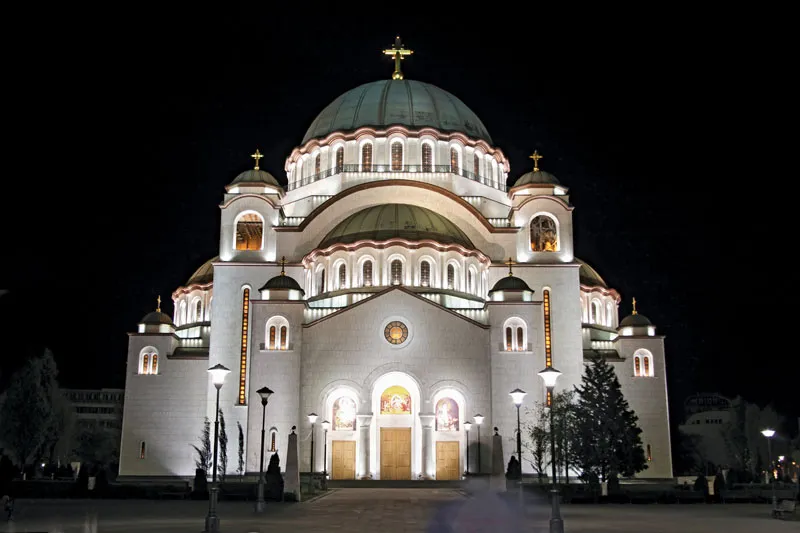
Introduction to Hor Sretzenskova
Hor Sretzenskova is a name that has garnered interest in various circles, yet remains a relatively obscure term for many. The history and significance of hor sretzenskova are deeply rooted in cultural, historical, and possibly even mythological aspects that make it a fascinating topic of discussion.
Understanding hor sretzenskova requires a deep dive into its origins, possible meanings, and the role it has played over time. Whether it’s linked to a specific location, historical event, or a symbolic concept, this article will uncover every aspect related to hor sretzenskova, providing comprehensive insights and detailed explanations.
The Origins of Hor Sretzenskova
The exact origins of hor sretzenskova are somewhat elusive, but various sources suggest that it may be tied to Eastern European history or Slavic traditions. The term “Sretzenskova” itself seems to have a Slavic linguistic root, which could indicate a geographical or cultural link to countries such as Russia, Ukraine, or Bulgaria.
Historical references to similar words suggest that “hor” might relate to something sacred, mythical, or geographical. If we analyze the word structure, “hor” could refer to mountains, elevated places, or divine entities, while “Sretzenskova” could have connections to the famous Sretensky Monastery in Russia, named after the feast of the Meeting of the Lord (“Sretenie” in Russian).
The presence of such terminology in various historical documents and folklore implies that hor sretzenskova may have held importance in cultural and religious contexts. Many ancient civilizations associated high places, or “horizons,” with divine encounters, and if this term follows a similar pattern, it could carry deep symbolic meaning.
Possible Meanings and Interpretations
There are multiple ways to interpret hor sretzenskova, depending on the context in which it is used. Some of the possible interpretations include:
- A Historical or Geographical Reference: The name could be tied to a specific place, possibly an old town, a monastery, or a cultural landmark in Eastern Europe.
- A Mythological or Religious Connection: The use of the term “hor” might indicate a spiritual or religious significance, possibly linked to sacred mountains or divine encounters.
- A Linguistic Evolution: Words often evolve over centuries, and hor sretzenskova might have changed its meaning or pronunciation over time, making it harder to trace its original use.
- A Cultural Symbol: It might represent a movement, philosophy, or a forgotten aspect of history that was once widely recognized but has since faded into obscurity.
Regardless of its origin, understanding hor sretzenskova requires an analysis of historical records, linguistic studies, and cultural research.
The Cultural Impact of Hor Sretzenskova
Many terms and concepts that originated centuries ago have continued to shape modern culture in various ways. If hor sretzenskova had historical significance, it might have influenced:
- Religious Traditions: If linked to the Sretenie celebration, it might have been part of ancient Christian traditions or Slavic religious festivals.
- Folklore and Mythology: Many historical figures or mythical places eventually became legends in Eastern European folklore.
- Literature and Art: If it held significance in medieval times, it may have been referenced in poetry, songs, or historical manuscripts.
- Modern-Day References: Sometimes, historical names resurface in modern contexts, such as literature, music, or online communities.
Its significance may be hidden within old manuscripts, oral traditions, or even local legends that have yet to be thoroughly documented.
Historical Mentions of Hor Sretzenskova
One of the main challenges in researching hor sretzenskova is the lack of widely available documentation. However, by analyzing historical archives, one might find traces of this name in:
- Old Church Records: Many religious institutions documented important names and places related to their traditions.
- Medieval Maps and Documents: If hor sretzenskova was a place or region, it could have appeared in ancient maps or written accounts.
- Slavic Mythology and Folk Stories: Traditional tales might contain references to a similar name, offering clues about its meaning.
If any historical records exist, they would likely be in languages such as Old Russian, Church Slavonic, or early Slavic dialects, requiring expert translation to uncover their full significance.
Modern-Day Relevance of Hor Sretzenskova
Even if hor sretzenskova is not widely recognized today, its legacy could still be present in modern times. Some possibilities include:
- A Revival in Cultural Studies: Historians and linguists might rediscover its significance through research.
- Influence in Popular Media: Old concepts often inspire modern books, movies, or art.
- Preservation Through Local Traditions: Certain regions may still honor its legacy through festivals or commemorations.
Understanding hor sretzenskova’s modern impact requires continued research and exploration.
Conclusion: The Mystery and Legacy of Hor Sretzenskova
Hor sretzenskova remains an intriguing topic that requires further study. Whether it is a historical place, a forgotten legend, or a symbolic concept, its meaning is layered with history and cultural significance.
As more research is conducted, hor sretzenskova may gain renewed attention in historical and cultural discussions. For now, its mystery continues to spark curiosity among scholars and enthusiasts alike.




